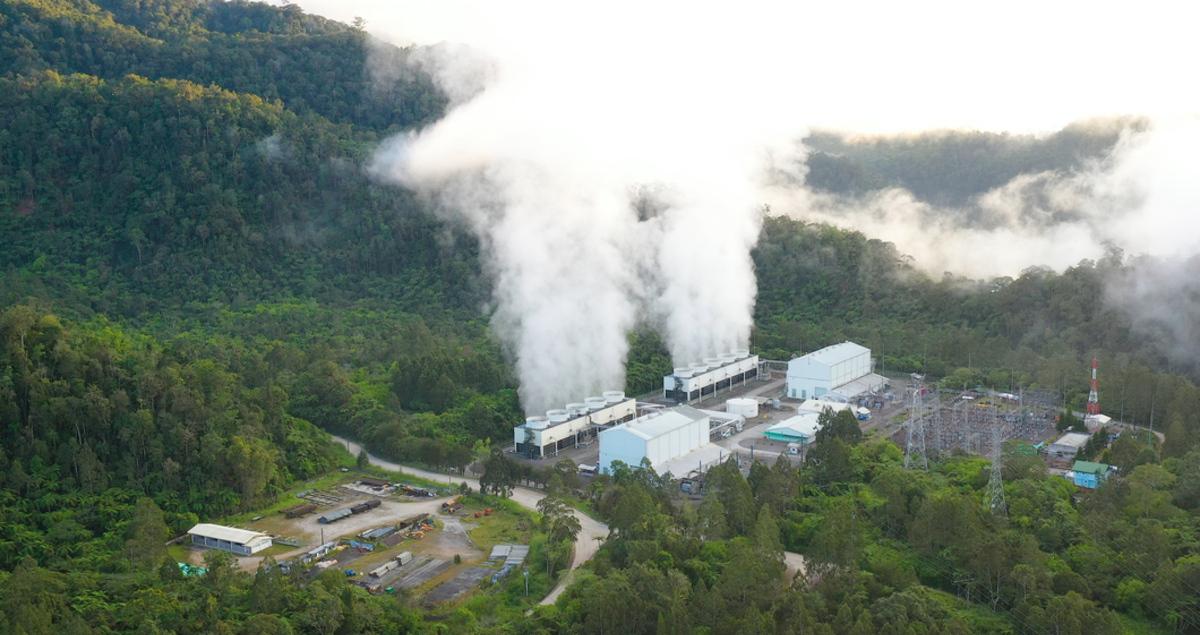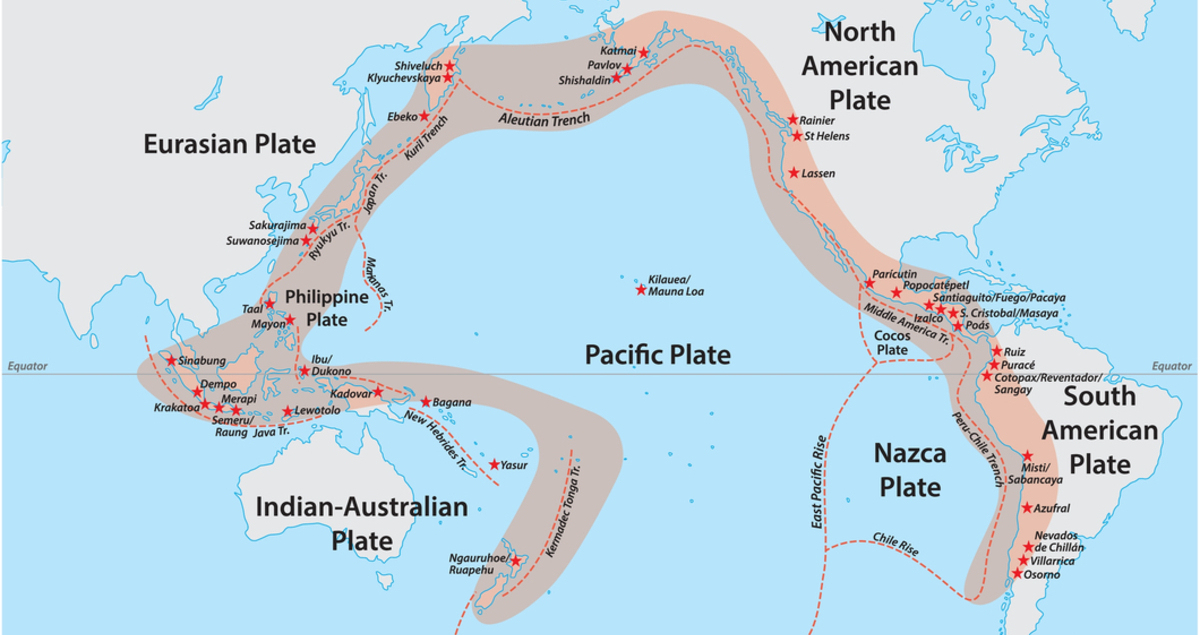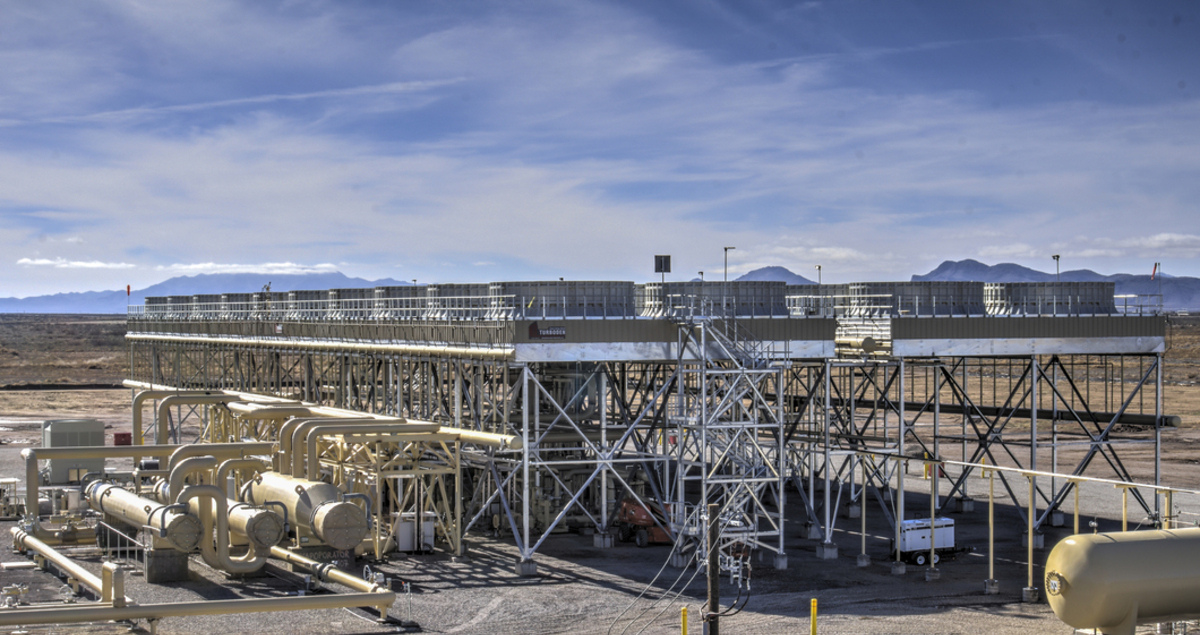Digging into Asia’s Ring of Fire for net zero energy

The thriving economies of Asia could produce 60% of global economic growth by 2030, the Asian Development Bank predicts. Asia and the Pacific’s energy demand is projected to double in the coming decade to power this growth, and in a region heavily reliant on fossil fuels like coal, this poses some serious challenges to efforts to reach net zero emissions.
In the Philippines, a recently announced moratorium on endorsements for greenfield coal power projects signifies a new direction. The green shoots of a regional pivot away from reliance on fossil fuels to embrace more sustainable energy sources like geothermal, are emerging.
Hidden deep below ground, some Asian nations are sitting on an endless source of secure, sustainable and affordable geothermal energy. For countries like the Philippines, the challenge is to find, tap into and harness the emissions-free power of this rich resource.
The Philippines has long championed geothermal energy, but in recent years its status as one of the global leaders in deploying this technology has taken a hit, due in part to lengthy permitting policies and the negative impact of unattractive incentive packages on foreign investment. Responding to the situation, the country’s government has issued an ambitious set of targets to boost the sector.
Tenders for five new geothermal projects have been announced, with a combined potential output of 87MW. Alongside these projects, plans are in place to expand the Bacon-Manito (BacMan) geothermal power plant in Sorsogon. Turboden, a part of Mitsubishi Heavy Industries (MHI) Group, will provide the power generation system for this project and Mitsubishi Power will dispatch personnel to the site to offer installation guidance and handle domestic transport, etc.
This wave of new activity in the Philippines is part of a wider regional expansion in geothermal power, with geologically active nations well placed to harness thermal energy’s potential.
Playing with fire
A quarter of the world’s geothermal generation capacity is located in Southeast Asia, mostly deployed in just two countries − Indonesia and the Philippines. Rich with volcanic geology, the Philippines was the region’s leading geothermal exponent until it was eclipsed by Indonesia in 2018.
Composed of an archipelago of more than 7,000 islands, the Philippines is scattered along the Ring of Fire zone of Pacific volcanoes, an area of high geothermal potential. The nation currently has seven geothermal fields supplying around 12% of national energy demand, with the potential for much more.

Located astride the Pacific Typhoon Belt, the country is no stranger to the impact of climate change, with regular and increasingly violent typhoons, storms and flooding constant threats.
The Department of Energy is targeting an additional 900MW of geothermal capacity by 2025, and a further 288MW in the five years to 2030. If fully realized, new capacity combined with existing installed capacity in the Philippines would challenge the US as current global leader in geothermal deployment.
Although the upfront costs of exploring, drilling and creating new projects is high, particularly when little geothermal activity is found, the long-term benefits of an abundant, inexpensive and renewable energy supply are huge.
Underground heating
Geothermal energy can provide a plentiful supply of baseload power year round, day and night. With Turboden’s Organic Rankine Cycle (ORC) turbine technology, power can be generated from lower temperature geothermal sources often found closer to the surface, giving more countries access to this clean energy source.
It is this technology that will enhance the BacMan geothermal power plant, using power derived from hot water instead of fossil fuels to drive the ORC turbine. Due to come online in 2022, the site’s 29MW power generation cycle is expected to cut CO2 emissions by around 72,000 tonnes annually, the equivalent of 20,000 hectares of forest.
“Turboden’s turbine will enhance the existing BacMan geothermal facility, without needing to drill additional wells, adding approximately 20% of power at site with zero additional CO2 emissions,”Rocco AltieriSales Engineer at Turboden

Situation Asia
Turboden’s ORC technology has been successfully demonstrated at projects like the 14MW Lightning Dock project in New Mexico, which generates emissions-free electricity from a lower-heat geothermal source.
Like traditional geothermal turbines, Turboden’s ORC turbines utilize heat from hot water pumped to the surface through a well. But unlike traditional turbines that are driven by steam, the water is passed through a heat exchanger which contains a separate fluid with a lower boiling point than water. The fluid operates in a closed loop, vaporizing to drive a turbine and generate electricity before being cooled and turning back into a liquid ready for the cycle to begin again. Having transferred its thermal energy, the water is pumped back below ground to heat up again.
“Turboden has pioneered many aspects of ORC technology and has developed a portfolio of around 10 different working fluids, so we can select the best fluid to operate the ORC turbines on each project,” explains Altieri.
The flexibility offered by Turboden’s ORC technology allows wider implementation of geothermal energy, which could help open up new markets. In the global quest for cleaner energy, geothermal looks set to form an increasing part of the energy mix of countries that can tap into this resource.
Growth across Southeast Asia and East Asia will be centered in a few key markets. Alongside the Philippines, already established geothermally active nations like Indonesia and Japan have their sights set on expanding this energy source.
Indonesia looks set to become the global leader in geothermal capacity by 2022, adding new projects year-on-year and easing policy challenges that restrict new exploration and development.
Like these countries, current fledgling China has huge potential for a geothermal capacity boom, sitting near the Circum Pacific geothermal belt and with low- and medium‐temperature geothermal potential in its numerous large‐scale basins and mountainous fault belts.
The use of geothermal energy − a readily available, boundless resource − is growing at an annual global rate of 2.5%. Continued expansion of geothermal power will not only help the Philippines to meet its burgeoning energy needs more sustainably, but also position Asia as a whole as a renewable energy hotspot.





